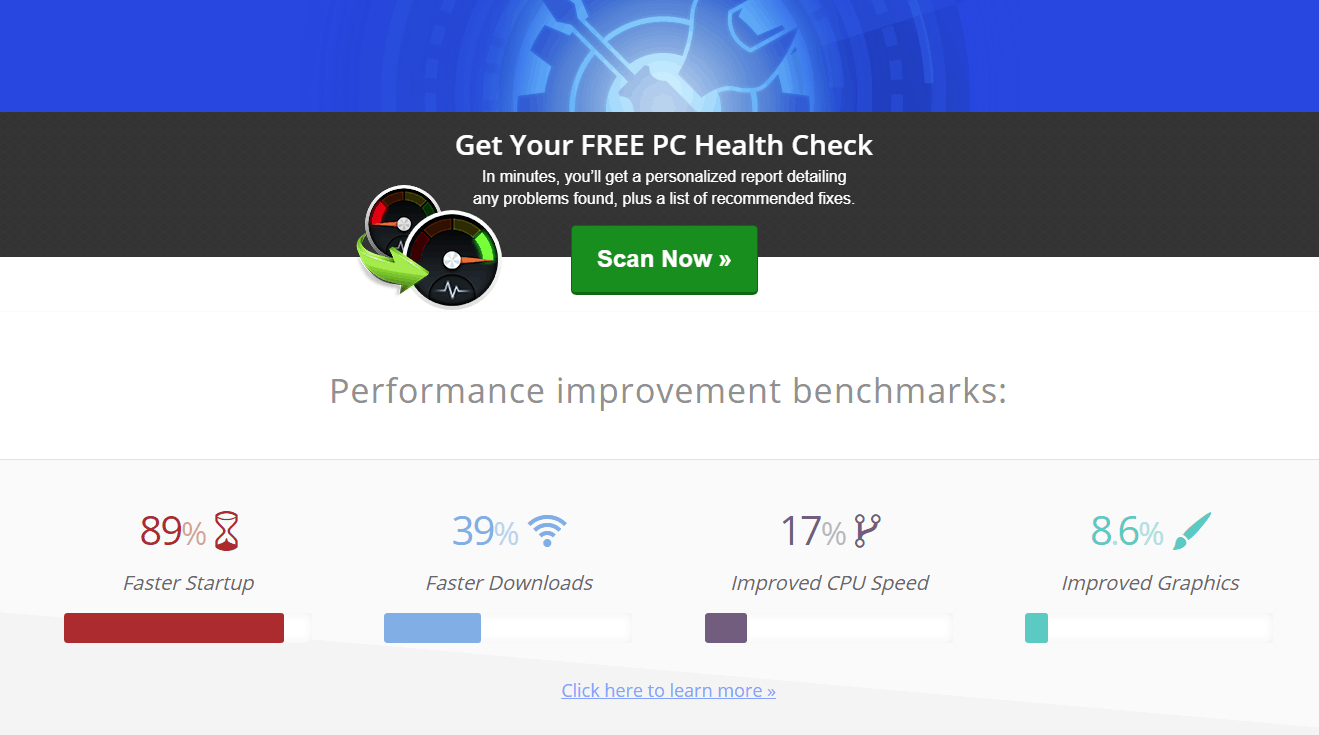- How To Free Up Ram On Windows 10
- Ram Optimizer Windows 10
- Free Up Ram Memory
- How To Free Up Ram On Windows 10 Laptop
When talking about computers, there are two types of memory ROM (Read Only Memory) & RAM (Random Access Memory). Where ROM or Hard Disk is the permanent storage for your files and data, RAM is temporary, and it holds the data of the currently running programs.
How do I free up memory in windows 10. The term 'memory' is used to refer to the place where the computer holds the program and data it is working with at the moment. If you can't find Storage Sense on your device using the following steps, see the 'Free up space with Disk Cleanup' section below instead. To delete temporary files with Storage Sense. Select Start Settings System Storage. Open Storage settings. Select Temporary files in the storage breakdown. Dec 21, 2020 If you use Windows 10, you can do a quick disk check using a Command prompt. Start the prompt as the administrator and type in these letters 'chkdsk C:/f then tap Enter. You can replace the letter C with the letter on your hard drive partition. Run a system scan. Some malicious data files may trigger 'your system is low on memory' error. Restart Your Windows 10 PC. Restarting the PC is a common but effective fix for many computer.
Each program that runs on the system consumes memory and whenever it falls short, the desired programs may not run, open slowly, or might open but not with complete data. Also, the system starts acting sluggish and crashes, hang-ups, and sudden shutdowns are encountered quite often.
One solution to this problem is to add more physical RAM, but this is not feasible for all. Hence, the better solution to this problem is to manage memory allocation or can say optimize RAM.
But optimizing memory on Windows 10 manually is not easy. This is when Memory Optimizer offered by the free PC Optimizer Advanced System Optimizer comes to play.
What is Memory Optimizer Windows 10?
Memory Optimizer, in Advanced System Optimizer, is a sophisticated, easy, and efficient memory management utility. It helps the user to manage the existing limited memory space in a very resourceful manner. Also, it analyzes the current state of the system memory and frees up memory for the new program. This means it swaps new programs with the ones lying unused yet consuming memory.
Note: To free up memory for the new programs the Windows 10 RAM optimization is performed in the background.
How does memory Optimizer work?
Memory Optimizer is very easy to use and it works with the finest optimization technology that takes care of both physical and virtual memory.
Home Tab
The first screen through a graph gives an overview of the current memory status where it talks about:
- Total Memory on the system
- Available Memory
- Used Memory
- System Cache
- Peak Cache
- Available Page File
When you click the “Optimize Now” button, the memory optimization process starts and within minutes, Windows 10 RAM optimization takes place freeing up unused memory resources thus making maximum space available for other programs to load and launch. This, memory optimization, takes care of unresponsive applications and programs currently running.
Note: To let the process of RAM optimization on Windows 10 take place, we recommend closing all the files and applications in use.

Settings Tab
The left panel shows two setting options for Memory Optimizer:
a). Program
b). Auto Optimize
Program
Under this category there are three options:
- Manual Optimization – This option via the slider lets you set the amount of memory to be freed during manual memory optimization.
Note: If a lesser amount of memory is specified and vice versa, the optimization will be faster. However, if a higher amount is specified, Memory Optimizer for Windows 10 will take longer to free up that much memory space.
- Startup and Optimization – Using this option provided by Memory Optimizer you can clear the clipboard data to free more memory.
- Load Memory Optimizer automatically on Windows startup
On checking this option, Windows 10 RAM optimization automatically loads each time during Windows startup. The application runs in the background to continuously supervise the existing memory status, settings and accordingly optimizes it whenever, wherever necessary. It runs in the minimized form in the system tray and can be maximized by double-clicking it.
- Free more memory by clearing the clipboard data (not recommended)
When this option is checked, Memory Optimizer during the optimization process clears the clipboard data. This option is not recommended because clearing data from the clipboard can lead to the loss of critical data. Hence, should remain unchecked during memory optimization.
- Memory Graph and Update Speed – This option lets you set the memory update speed. There are four levels of speed Fast, Medium, Normal and Slow, out of which only one can be chosen.
Once the settings are reset as per your needs and preferences, you may click on the “Save settings” button to apply all the changes done.
What is Auto Optimization?
Three options are displayed under Auto-optimize Settings.
- Enable Auto Optimization – As the name signifies this option helps enable and disable auto-optimization. When enabled, the Memory optimizer automatically starts optimizing memory when the free space available falls below a specified level. This takes place in the background.
- Automatic Memory Optimization – This option helps set a certain volume of free memory space below which Memory Optimizer auto-starts memory optimization.
- Automatically Optimize when free memory falls below
While working on the system, we don’t realize that the memory space is being increasingly used up. Eventually, the free memory space gets exhausted and becomes tedious to work further.
Memory Optimizer allows adjusting the settings to a certain volume of free memory space so that memory optimization automatically takes place when available memory free space comes below that specified level.
- Try to free additional:
You can instruct Memory Optimizer to try to free up additional memory space when memory is being optimized. You may specify the volume under this section.
- Processor Usage Protection – This Intelligent Optimization option enables the processor load (CPU) and if any currently running application is putting a huge load on the processor, the Memory Optimizer automatically halts memory optimization to avoid slowing down the system.
Once the settings are reset as per your needs and preferences, click on the “Save settings” button to apply all the changes done.
On minimizing the application window, it still executes its job from the system tray. It continuously supervises and periodically optimizes memory resources so that they never fall short while launching important programs.
How To Free Up Ram On Windows 10
Note: When you right-click on the system tray icon, the context menu shows four options.
Help – opens the help file.
Show Main Windows – helps restore the application to the maximized state.
Optimize Now – starts the optimization process.
Exit – close the application and remove it from the system tray.
This is all from our side on how to optimize RAM on Windows 10. We hope you found the information helpful and will give this best free PC maintenance tool a try. In case you any product related questions feel free to contact our technical support staff at support@systweak.com
Most system tuning utilities for Windows provide memory optimizer as an option to clean up the RAM so that your PC can have a fresh start. These utilities also come with other tuning tools that might not be necessary to you. Maybe you just want the memory optimization feature. But, that can’t be possible. So here I’d like to present a tiny utility that can fulfill this particular purpose.
Toady, I’d like to show you a script. This script has 4 different commands that will let you free up the memory in 4 different ways using the command prompt. I’ll also show how you can create a shortcut for these commands so that you can easily run these commands with a double click.
Empty Standby List
Empty Standby List is a small command-line application that lets you free up memory on Windows Vista and above. Download and paste it in your command line root path. Or set the root path where the EmptyStandByList.exe file is. You should keep it in the C Drive (System drive) of your system.
Now, there are 4 commands that you can run with this command line application. Let’s have a look at them.
EmptyStandbyList.exe workingsets
This command will clear the memory that is used by all the current running applications and process. This command is most commonly used by Memory Optimisation software.
There’s a downside of using this command. The Windows system will try to quickly swap the data from the paging file. So, it will make use of your storage disk to fetch the information from the programs and thereby will turn down overall performance. But, it will definitely free up memory.

EmptyStandbyList.exe modifiedpagelist
Now, here modified page files are those contents that must be written to the storage disk before they can be used again. If you see in the Memory section of the Resouce Monitor then you’ll find a Modified section for Memory in the display.
Ram Optimizer Windows 10
So, if you want to clear such memory then you got to use this command.
EmptyStandbyList.exe priority0standbylist
Now, here Standby memory has those contents that are being held by the memory and are not in use. But, will be used when needed. As shown in the above screenshot you can see the Standby memory section.
The above command clears the lowest priority Standby memory content. You can set the priority by replacing the 0 in the command to any number between 1-7. 7 being the highest priority.
EmptyStandbyList.exe standbylist
And, this last command clear Standby memory regardless of what priority of content it has. It clears them all.
Creating Command Shortcuts
To create a shortcut of a cmd command, right-click on your desktop and select New>Shortcut. Now, in the location field add the following string.
C:WindowsSystem32cmd.exe /c Command
Replace Command in the string with one of the command that you’d like run. Next, you go to give this shortcut administrator privilege in order to work. Becuase, these commands need admin access. We’ve shared on how you can do that in this article.
 Are still using DDR2 or DDR3 RAM? You should now opt for a DDR4 RAM. We’ve explained here why.
Are still using DDR2 or DDR3 RAM? You should now opt for a DDR4 RAM. We’ve explained here why.GUI Alternative?
If you’re not a command line enthusiast and prefer to do these task using a GUI then you got to use SysInternal’s RAMmap. It works pretty much the same with some extra control available.
ALSO SEE: Run Linux Based Programs on a Chromebook with rollApp
Free Up Ram Memory
The above article may contain affiliate links which help support Guiding Tech. However, it does not affect our editorial integrity. The content remains unbiased and authentic.Read Next
How to Use and Sync More Than One Google Drive Account on Windows
How To Free Up Ram On Windows 10 Laptop
Here's How to Use and Sync More Than One
